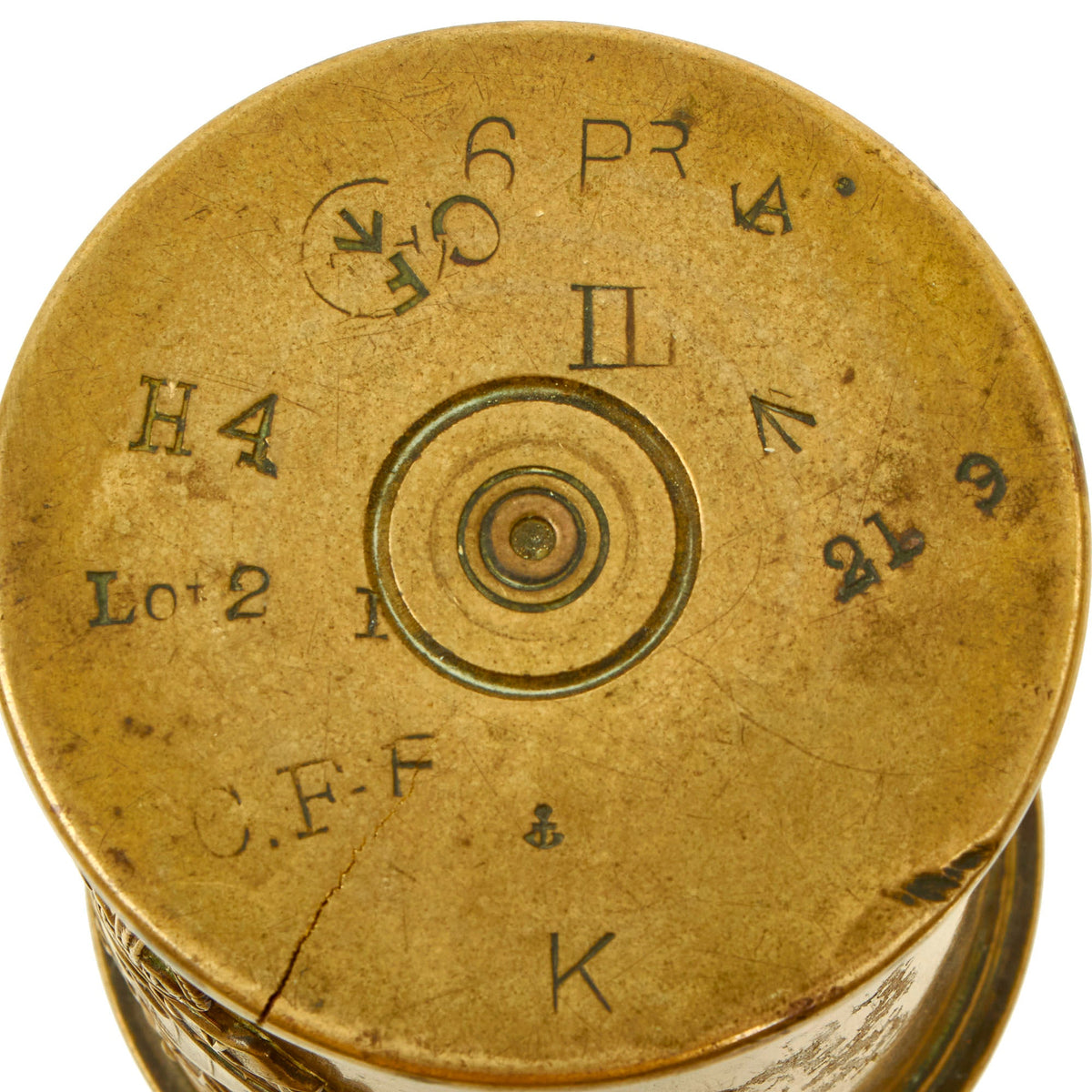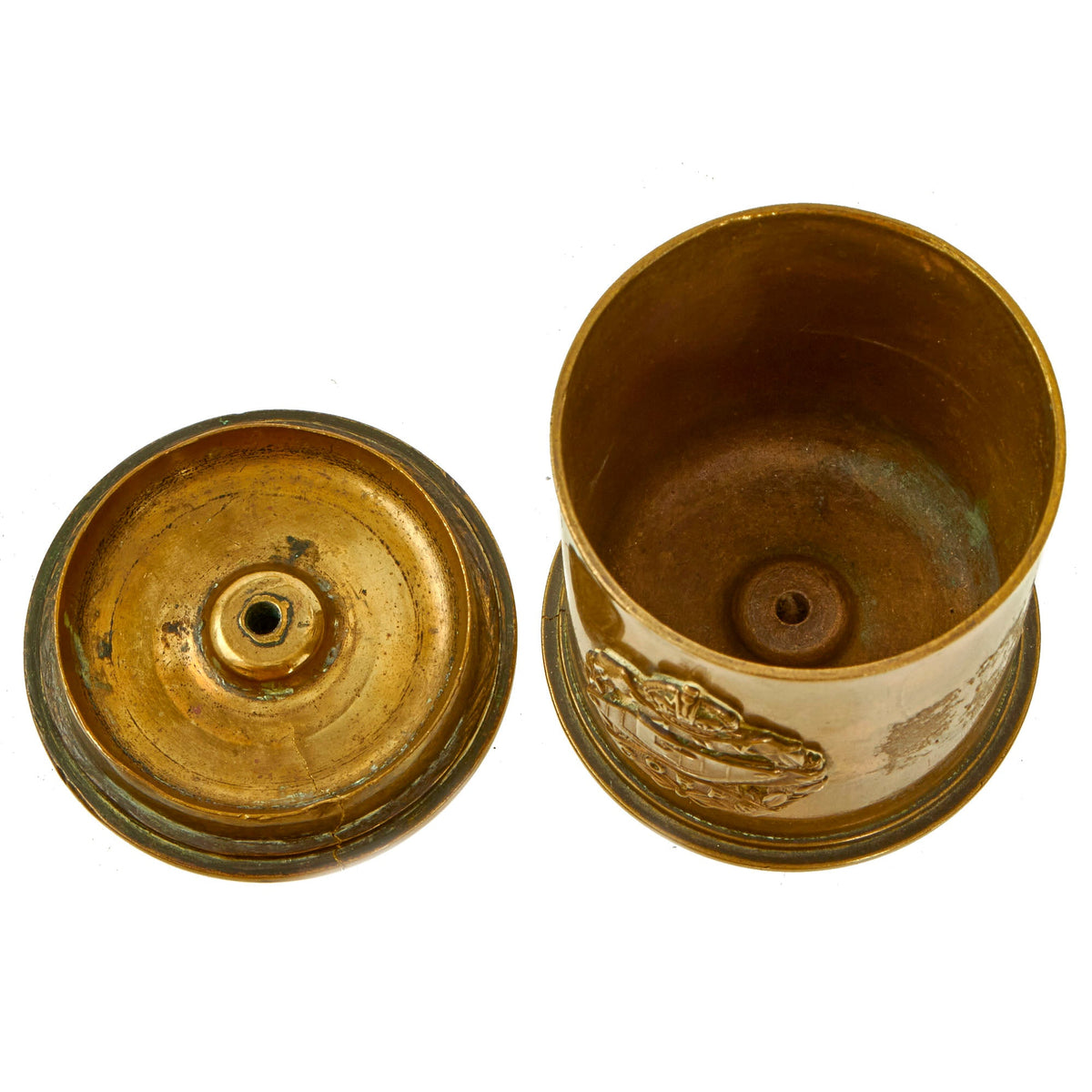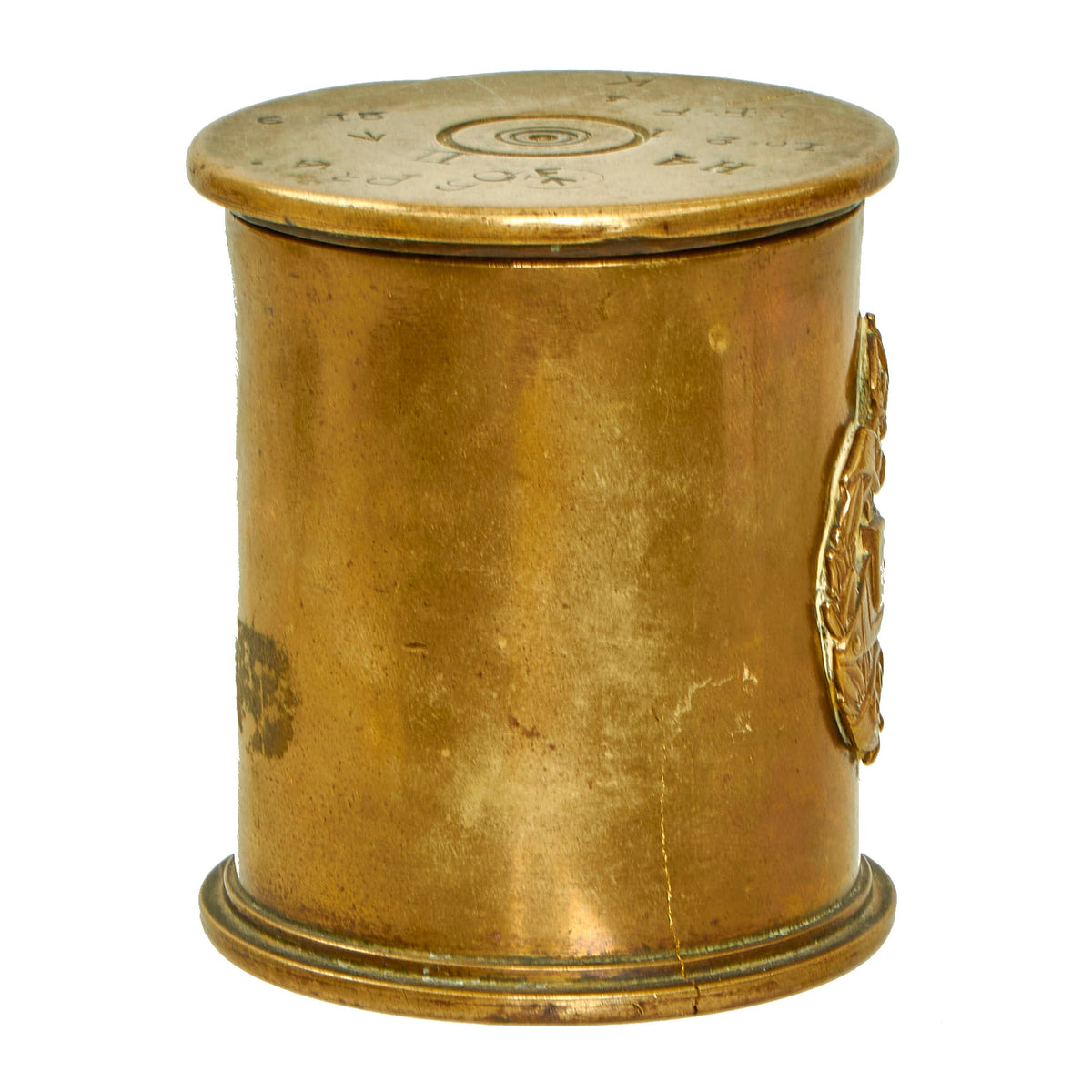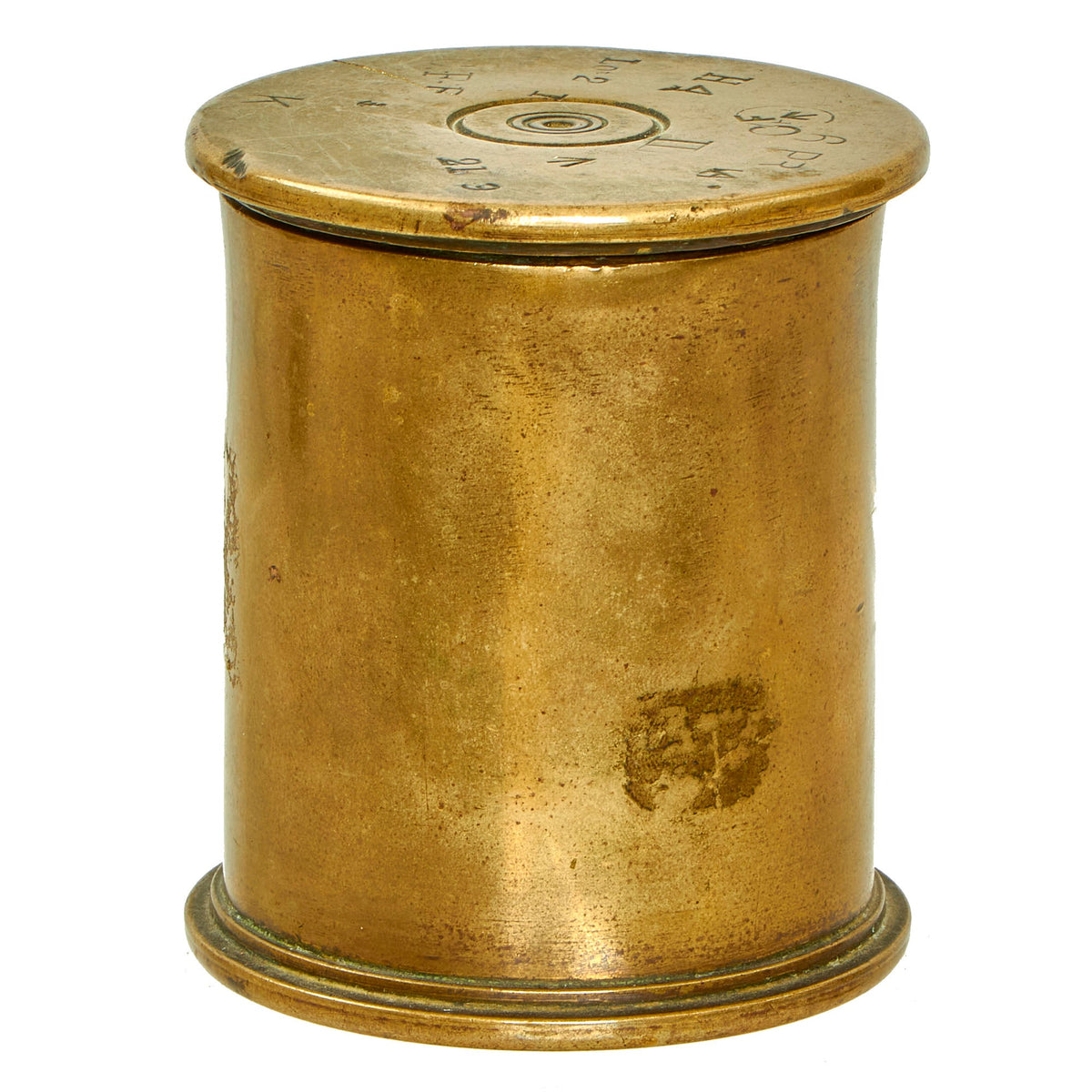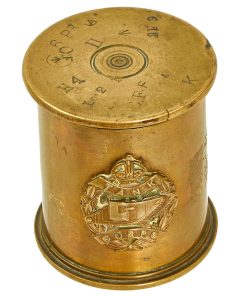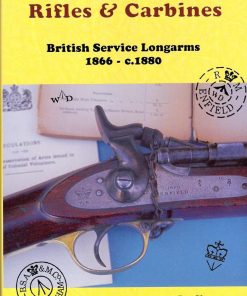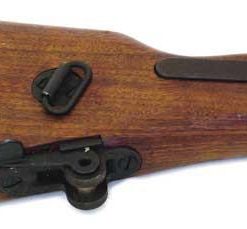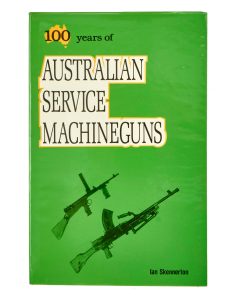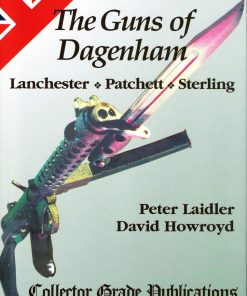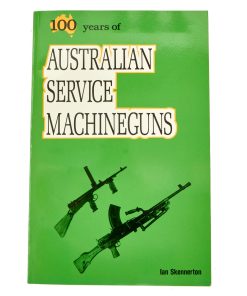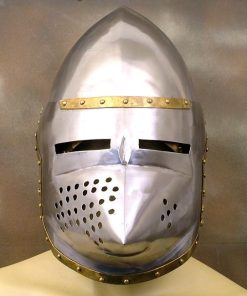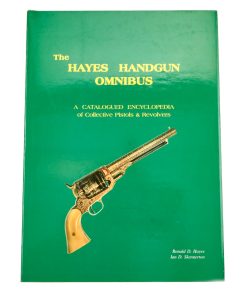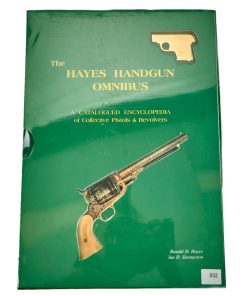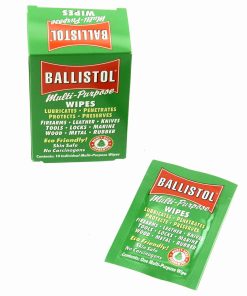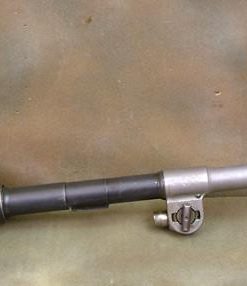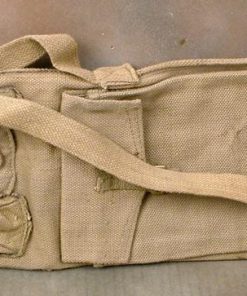Original British WWI Era Royal Tank Regiment Tobacco Can Shell Casing Trench Art Original Items
$ 395,00 $ 118,50
Original Items: Only One Available. Trench art is any decorative item made by soldiers, prisoners of war, or civilians where the manufacture is directly linked to armed conflict or its consequences. It offers an insight not only to their feelings and emotions about the war, but also their surroundings and the materials they had available to them.
Not limited to the World Wars, the history of trench art spans conflicts from the Napoleonic Wars to the present day. Although the practice flourished during World War I, the term ‘trench art’ is also used to describe souvenirs manufactured by service personnel during World War II. Some items manufactured by soldiers, prisoners of war or civilians during earlier conflicts have been retrospectively described as trench art.
All items are completely inert and are in compliance with the current BATF standards on inert ordnance.
The trench art can consists of a main “container” with another shell casing base to be used as a lid. There are various headstamps present but no date that we can find. The lid fits the container perfectly even though both pieces have cracks in the brass, but nothing too damaging. Affixed to the front of the container is a Royal Tank Corps badge. Measures approximately 3 1/2″H x 3″W.
A lovely example ready for further research and display.
The story of tanks, of armored warfare, and The Royal Tank Regiment is one of struggle, lessons learned in combat, achievement, and in two world wars and more recent conflicts it is a story of success and triumph. From the efforts to break the stalemate of the trenches of First World War, rumors of the tank’s demise are premature and it remains the Queen of the battlefield.
The Royal Tank Regiment of today can trace its history back to 1914 and the men and armed (sometimes armored) cars of the Royal Naval Air Service. The invention of the tank has a number of roots and branches and many key players including the Royal Navy, Winston Churchill, and engineers such as Wilson and Tritton. Their efforts, and the efforts of many others, resulted in the creation of the Mk I tank in late 1915. By April 1916, the Army had ordered 150 of these new and untested machines. To crew them it created the Heavy Section Machine Gun Corps which was initially organized into six companies lettered A to F.
After training at Bisley and near Thetford, plus gunnery training with the Navy, C and D companies went to France in August 1916 and they went into action for the first time at the Battle of Flers-Courcelette and the Somme, on 15 September 1916. There were some localized successes, including in the village of Flers where it was reported in the papers at home that “a tank is walking down the main streets of Flers with the British Army cheering behind it”. Overall the stalemate wasn’t broken, the secret weapon was no longer a secret, but valuable lessons had been learned and ideas generated.
In late 1916 a reorganization and expansion took place. The Heavy Section was renamed the Heavy Branch and it grew significantly as it formed battalions from the seedling companies and these were subsequently grouped into brigades. At the same time training and technical tank centers were created in Bovington and in France. The Heavy Branch became the Tank Corps on 28 July 1917 and its commander in France, Hugh Elles, was promoted to the rank of Major General.
In 1917 and 1918, tanks were in action at Arras in April and May 1917, at Messines in June with the new Mk IV tank, in the Flanders mud in the Third Battle of Ypres (better known as Passchendaele) in July to October, and then on the fresh rolling countryside of Artois at Cambrai, a battle that is remembered and commemorated by the RTR every year. A small detachment of 8 tanks fought at the 2nd & 3rd Battles of Gaza.
1918 brought new challenges which the men of the Tank Corps faced with fortitude and success. They fought with honor mounted and dismounted (several battalions acted as machine gun troops) in the spring 1918 German offensive during which the first tank versus tank action took place. They fought on throughout the year, from Hamel through Amiens, past Cambrai, and on to the Armistice. In its short life the Corps had grown to 26 battalions and was operating Mk IV & V heavy tanks, Whippet light tanks, and Armored Cars.
Fast Shipping with Professional Packaging
Thanks to our longstanding association with UPS FedEx DHL, and other major international carriers, we are able to provide a range of shipping options. Our warehouse staff is expertly trained and will wrap your products according to our exact and precise specifications. Prior to shipping, your goods will be thoroughly examined and securely secured. We ship to thousands clients each day across multiple countries. This shows how we're dedicated to be the largest retailer on the internet. Warehouses and distribution centres can be located throughout Europe as well as the USA.
Note: Orders with more than one item will be assigned a processing date depending on the item.
Before shipping before shipping, we'll conduct a thorough inspection of the items you have ordered. Today, the majority of orders will be delivered within 48 hours. The delivery time will be between 3-7 days.
Returns
The stock is dynamic and we cannot completely manage it because multiple stakeholders are involved, including our factory and warehouse. So the actual stock may alter at any time. It's possible that you may not receive your order once the order has been made.
Our policy is valid for a period of 30 days. If you don't receive the product within 30 days, we are not able to issue a refund or an exchange.
You can only return an item if it is unused and in the same state as the day you received it. You must have the item in its original packaging.
Related products
Uncategorized
Uncategorized
Book: Small Arms ID by Ian Skennerton: .303 Rifle, No. 1, S.M.L.E Marks II & III New Made Items
Uncategorized
Uncategorized
Uncategorized
Uncategorized
Australian WWII Owen MK1 Machine Carbine SMG Custom Fabricated Replica with Sling Original Items
Uncategorized
Book: Small Arms ID by Ian Skennerton: .303 Pattern 1914 Rifle & Sniping New Made Items
Uncategorized
Uncategorized
Armored Burgonet Helmet & Polearm from Scottish Castle Leith Hall Circa 1700 Original Items
Uncategorized
Uncategorized
Uncategorized

